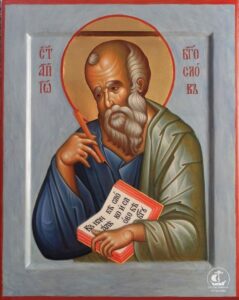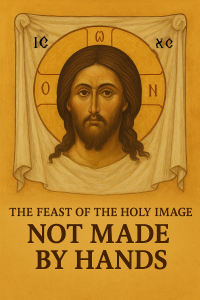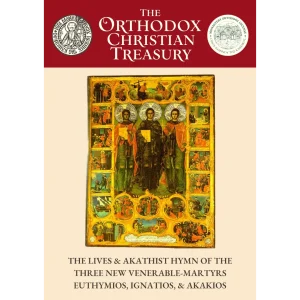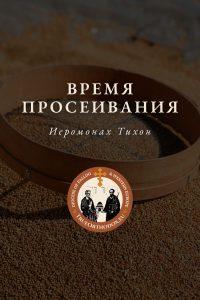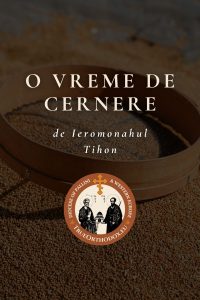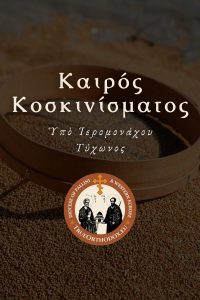The Icon of the Mother of God, Joy of All Who Sorrow: A Celebration of Comfort and Healing
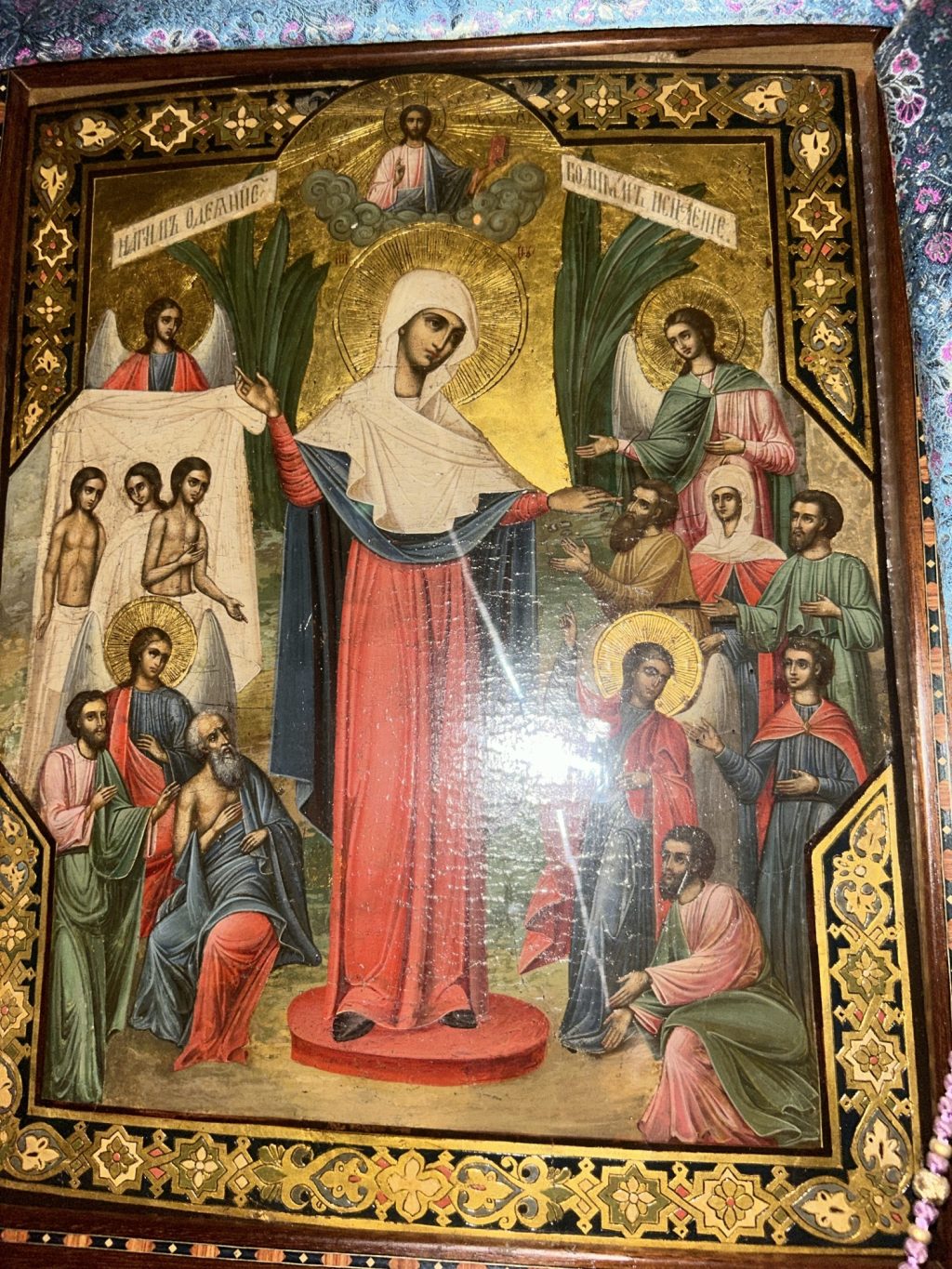
Today, marks the second feast of the icon of the Mother of God, Joy of All Who Sorrow. This beloved and revered icon holds a special place in the hearts of Orthodox Christians worldwide. Its celebration reminds us of the boundless grace and mercy extended to us through the Theotokos, the Mother of God, who intercedes for us in times of distress and sorrow.
The History and Origin of the Icon
The Joy of All Who Sorrow icon has a profound history that dates back to the 17th century in Russia. It gained widespread veneration following a miraculous event in 1688. A woman named Euphrosyne, the sister of Patriarch Joachim of Moscow, suffered from an incurable disease. In her suffering, she fervently prayed before the icon of the Mother of God, and through her faith and the intercessions of the Theotokos, she was miraculously healed. This miracle was the beginning of many, leading to the icon’s renown as a source of healing and comfort.
The Iconography
The icon of the Joy of All Who Sorrow is rich in symbolism and theological meaning. It typically depicts the Theotokos standing, holding the Christ Child, who often extends a hand in blessing. Surrounding them are angels and a multitude of people in various states of distress—sick, suffering, and in need of aid. This visual representation powerfully conveys the message that the Mother of God is a source of solace and relief to all who turn to her in their afflictions.
Theological Significance
In Orthodox theology, the Mother of God holds a unique and exalted position. She is the one who bore God in her womb, becoming the bridge between heaven and earth. Her title, “Joy of All Who Sorrow,” reflects her role as a compassionate and loving intercessor who brings joy and relief to those burdened by the trials of life. The icon teaches us that through the Theotokos, we can find hope and consolation, no matter how dire our circumstances may be.
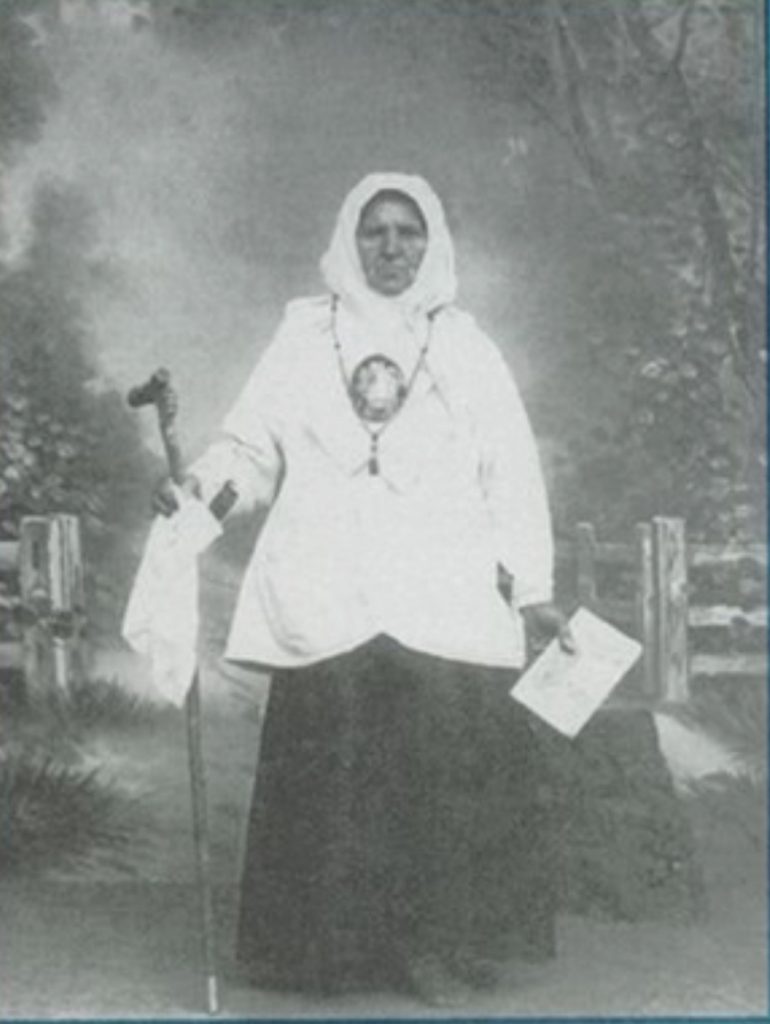
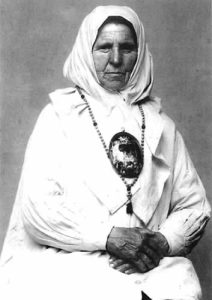
The Servant of the Icon: Blessed Matrona Barefooted of St. Petersburg
A remarkable figure associated with this icon is Blessed Matrona Barefooted of St. Petersburg, affectionately known as Matronushka. Born in 1814 to a peasant family in the Kostroma province, Matrona Petrovna Mylnikova was the daughter of Peter and Agafia, and she had three brothers: Macarius, Alexander, and Ivan. Details about her early years are sparse, but it is known she did not receive a formal education.
Matrona married Egor Mylnikov, a tradesman in Kostroma. Together, they owned a house and a grocery store. When the Russo-Turkish War broke out in 1877, Egor was drafted, and Matronushka accompanied him to the front lines, where she served as a nurse. Her natural compassion was evident as she tirelessly helped everyone she could, often giving away her own belongings to aid the poor soldiers.
After her husband’s death during the war, Matronushka dedicated her life to God. She sold their property, gave the proceeds to the poor, and embarked on a pilgrimage across Russia and Palestine. She adopted a lifestyle of asceticism, walking barefoot and wearing light summer clothes, even in winter.
Matronushka spent the last 30 years of her life in St. Petersburg. Initially living on the Petersburg side, she eventually moved to the Chapel of the Mother of God “Joy of All Who Sorrow” on Shlisselburgsky Avenue, where she lived for 16 years. Her attire remained simple: a white robe, no shoes, and a staff. She frequently prayed at the chapel, and in the 1880s, she took monastic vows, receiving the name Maria.
Thousands sought her out each year, drawn by her reputation for love, warmth, and effective prayers. Matronushka’s intercessions were credited with numerous healings and the resolution of various afflictions. She provided advice, comfort, and prayers to those in need, with many experiencing relief from their burdens. Known for her generosity, she would immediately distribute any funds she received to the poor, support struggling parishes and monasteries, and purchase religious items to bless those who visited her.
The Feast Day Celebration
The second feast of this cherished icon is an occasion for the faithful to gather in prayer and reflection. Services dedicated to the Mother of God, Joy of All Who Sorrow, are held in churches, where hymns and prayers are offered in her honor. The faithful light candles, offer flowers, and seek her intercession, asking for her help in their personal struggles and the sorrows of the world.
The Message for Today
In our contemporary world, where many face personal, social, and global challenges, the message of the Joy of All Who Sorrow icon is as relevant as ever. It reminds us that we are not alone in our suffering. The Theotokos, through her icon, invites us to bring our sorrows to her, promising to intercede with her Son, our Lord Jesus Christ. Her compassion and love are unwavering, offering us a beacon of hope and a source of joy even in the darkest times.
As we commemorate the second feast of this sacred icon, let us open our hearts to the tender care of the Mother of God. May her intercessions bring peace, healing, and joy to all who are burdened by sorrow, reaffirming our faith in the ever-present help of the Theotokos. We also remember Blessed Matrona, whose life of dedicated service to the icon serves as an inspiring example of faith and devotion.
For more about the significance and history of Orthodox icons, visit TrueOrthodox.eu, your resource for deepening your understanding of Orthodox Christian faith and traditions.

